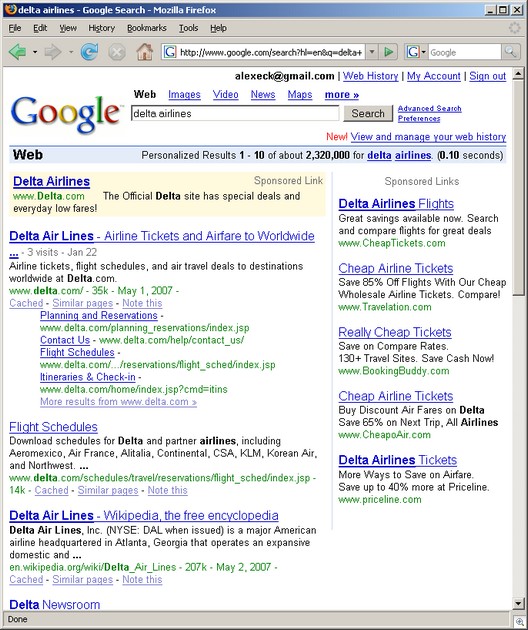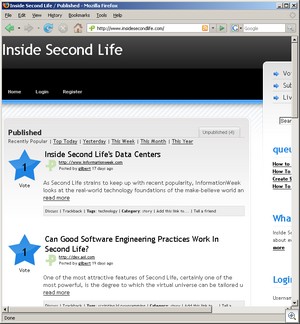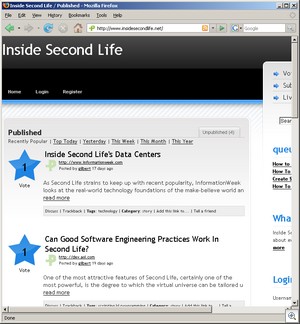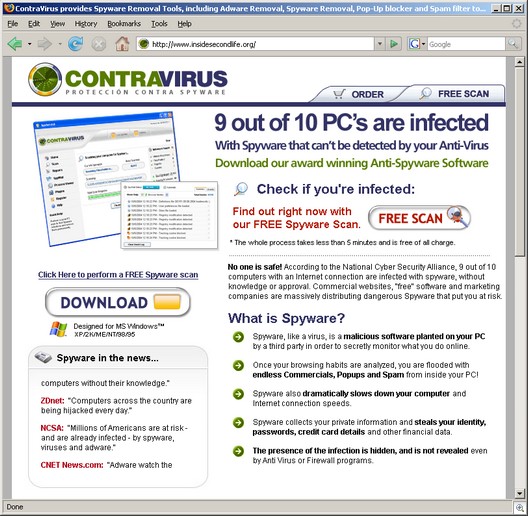I think there’s a lot of “unintentional” clickfraud that occurs when sponsored links are put at the top of the page — for the target search itself.
For example, I’ve noticed some members of my family don’t bother to type in a URL in the address bar. Instead, they merely enter their target URL into Google (or whatever other search engine they’re using). Then, they click on the sponsored link for where they want to go.
So if you search for Delta Airlines on Google, you get this result:

Where would someone click? On the sponsored link, as opposed to the next link down, which costs Delta for every click (I don’t know the number, but if someone knows more, please comment).
When I pointed this out to one family member, the result was complete surprise. “Oh, that really costs them money when I click on it?”
Maybe Delta wants it this way, to make sure that people will go to their site instead of somewhere else. But you have to wonder — there must be an absolutely epic number of people who don’t know how to enter a URL (or don’t bother) and simply use their search portal to do the work for them. And there must be a similarly epic number of people who don’t realize that a sponsored link costs the advertiser money.
I’m no SEO expert, so those out there who know more than me, please feel free to comment.
Alex Eckelberry






